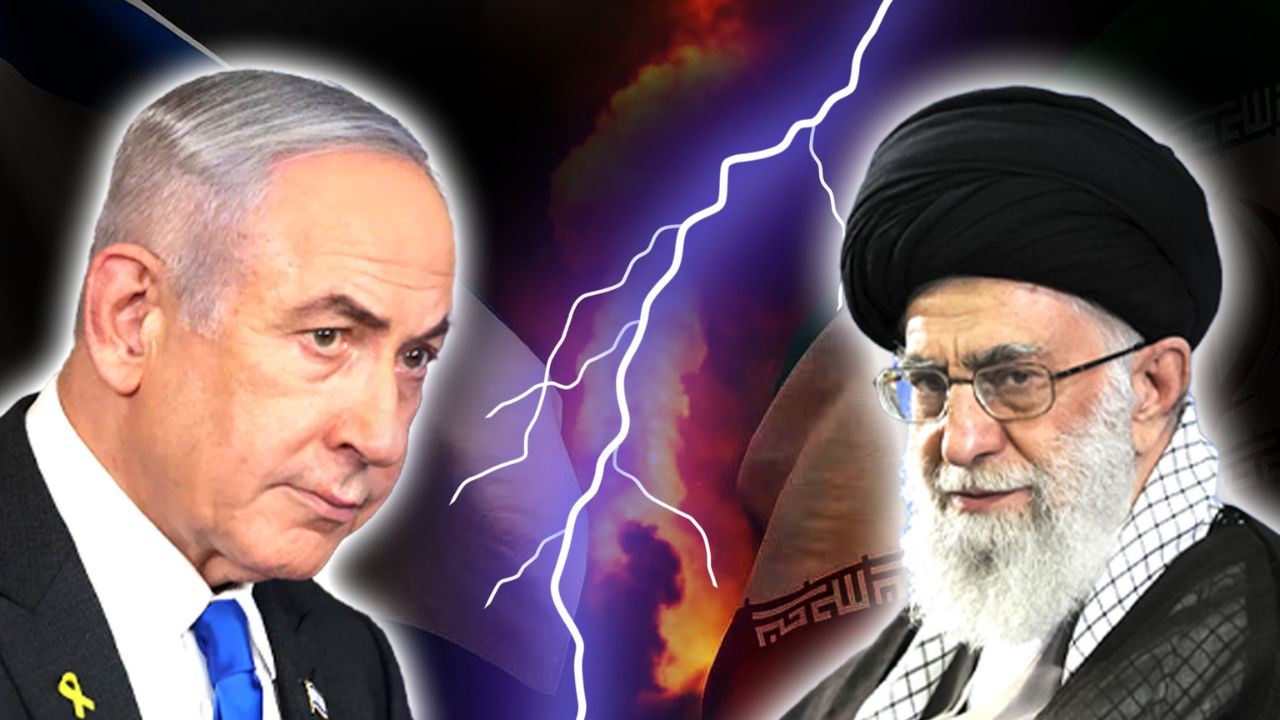 English
English

On The MTA Speaks, senior journalist Manoj Tibrewal Aakash analysed the Israel-Iran ceasefire, Donald Trump’s key role in brokering peace, and India’s balanced diplomatic approach amid rising regional tensions.

Israel-Iran ceasefire
New Delhi: The 12-day brutal conflict between Israel and Iran has officially come to a halt following a ceasefire. However, this truce is far from ordinary, it carries deep diplomatic and strategic complexities. Though the guns have fallen silent for now, uncertainty looms large over the region’s future.
Veteran journalist Manoj Tibrewal Aakash, in his program 'The MTA Speaks', has delivered an in-depth analysis of the ceasefire and its broader implications.
Both Iran and Israel accepted a ceasefire proposal put forward by US President Donald Trump on 24 June. Within hours, the intensity of war subsided. However, before the ceasefire could fully take effect, Iran launched three missile strikes early that morning, killing seven Israelis. In retaliation, Israel carried out pre-dawn airstrikes on Iranian targets.
Israeli Prime Minister Benjamin Netanyahu confirmed the ceasefire agreement, coordinated with Trump, and declared that Israel had achieved its military objectives. These reportedly included damaging Iran’s nuclear and missile programs, eliminating key military leadership, and destroying strategic infrastructure.
Trump, speaking to NBC News, hailed the ceasefire as “historic,” expressing optimism that Jerusalem and Tehran would not engage in future conflict. He stated, "I believe this ceasefire will last forever." His statements suggest a US push for long-term peace in the region.
Despite the ceasefire agreement, Iran missile attacks just hours after its announcement reveal a mindset of resistance until the final moment. Iranian Foreign Minister Abbas Araghchi stated that Iran’s military remained resolute in defending the nation until the very end, emphasizing that the ceasefire was a sovereign, strategic decision, not one taken under pressure.
Iranian state media confirmed that the ceasefire had taken effect and Israel lifted civilian bunker alerts shortly afterward. However, another missile salvo from Iran reportedly killed four more Israeli civilians, casting doubt on the durability of the truce.
While both sides sustained damage, Iran appears to have borne the brunt. US and Israeli forces reportedly deployed bunker-buster bombs on Iran’s critical nuclear sites Fordow, Natanz, and Isfahan. Top officials, including Revolutionary Guards Chief Hussein Salami, several nuclear scientists, and senior military leaders, were reportedly killed. Critical oil, gas, and communication infrastructure was also heavily damaged.
Israel employed a new "Silent Retaliation Doctrine", focusing exclusively on military and nuclear targets, which helped limit civilian casualties and international backlash. This war also saw the limited deployment of the Iron Beam, Israel’s laser-based air defense system.
In addition to physical combat, cyber warfare played a major role. Iran accused the US and Israel of hacking its military communications, while Israel reported cyberattacks targeting its power grid and energy ministry—successfully repelled, according to officials. The war marked a significant evolution in modern conflict, with cyber capabilities taking center stage.
India maintained a neutral and carefully balanced diplomatic stance throughout the conflict. The Ministry of External Affairs released a measured statement urging restraint and calling for peace and regional stability. This approach is consistent with India’s strategic interests, balancing a defense and technology partnership with Israel, and energy and infrastructure cooperation with Iran, including the Chabahar Port project.
India also prioritized the safety of over 9 million Indian nationals living in Gulf countries. Indian embassies in the UAE, Saudi Arabia, Kuwait, and Oman issued advisories, activated emergency helplines, and coordinated essential services. Additionally, India bolstered its strategic oil reserves to cushion its economy from global price shocks caused by the conflict.
Despite the ceasefire, security experts believe this is merely a temporary pause, not a lasting peace. The United States has placed six warships on high alert in the Persian Gulf. Militias such as Hezbollah and Hamas may exploit this fragile window of calm to escalate tensions.
Internal unrest in Iran is also growing. With economic hardships, war fatigue, and strict information control, protests have erupted in multiple cities. The conflict has deepened the divide between hardliners and reformist groups within the country.
This conflict demonstrated that modern wars are no longer fought solely on battlefields. Cyberattacks, economic pressure, information warfare, and diplomacy now play equally critical roles. As the global landscape shifts, countries like India must navigate international crises with both strategic caution and assertive confidence.